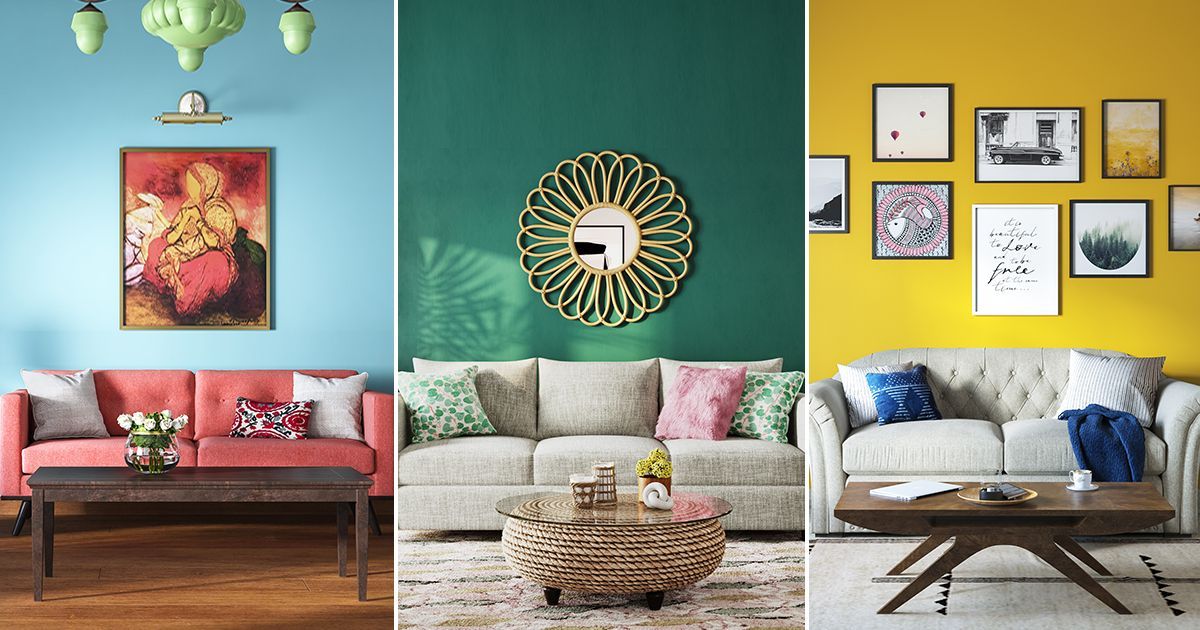Change Your Home With Vital Concepts of Interior Decoration and Appearances
The art of transforming your home with the vital principles of interior decoration and aesthetics calls for a thoughtful technique that harmonizes color, equilibrium, and spatial awareness. By comprehending the impact of shade concept and the importance of structure and patterns, one can create spaces that are not only aesthetically attractive yet likewise deeply individual. Attaining this stability includes more than simple decoration; it encompasses a tactical plan and a keen understanding of how each element communicates within a space. As we explore these foundational concepts, take into consideration exactly how they could redefine your understanding of home and personal expression.
Recognizing Shade Concept
Shade concept is an essential aspect of indoor style that considerably affects mood, perception, and general aesthetic. Understanding the principles of shade concept allows developers to create areas that resonate psychologically with occupants while satisfying practical needs (Architecture Firm). Shades can be categorized into three main kinds: key, second, and tertiary. Each group plays a crucial duty in establishing consistency within an area.
The mental influence of shades is extensive; cozy colors such as reds and oranges stimulate power and warmth, while cool tones like blues and eco-friendlies promote calmness and serenity. Furthermore, using complementary shades improves aesthetic passion, producing striking contrasts that can elevate an area's allure.
Neutral colors, on the other hand, offer as a functional backdrop, enabling various other design elements to beam. It is important to think about factors such as lighting and the room's function when picking a shade combination, as these can modify the perception of shades throughout the day.
Inevitably, a well-considered color pattern can change a space, promoting a sense of convenience and design that lines up with the citizens' preferences. Mastery of color concept is, therefore, a vital skill for any type of interior designer intending to create unified and inviting atmospheres.
Accomplishing Balance in Style
How can developers attain a feeling of balance in their spaces? Attaining balance in layout is essential to producing unified interiors. Designers can use 3 key types of balance: in proportion, unbalanced, and radial. Balanced equilibrium entails organizing aspects equally around a central point, fostering a feeling of order and harmony. This kind usually includes pairs of furnishings or art work, boosting visual stability.
Unbalanced equilibrium, on the various other hand, counts on differing elements that still attain a cohesive look. This approach permits even more vibrant and casual arrangements, giving rate of interest while maintaining equilibrium. By very carefully choosing varying dimensions, shades, and textures, designers can create an aesthetically engaging space that really feels balanced yet energised.
Radial equilibrium highlights a central focal point with aspects radiating external. This design is generally seen in circular formats, where furniture and decoration produce a cohesive border that attracts the eye inward.
Eventually, attaining equilibrium needs thoughtful factor to consider of range, proportion, and the connections between aspects. miami interior design. By skillfully applying try this web-site these equilibrium concepts, designers can change spaces into atmospheres that really feel both visually pleasing and functionally harmonious, enhancing the general experience for owners
Relevance of Spatial Understanding

An eager sense of spatial understanding enables designers to determine prime focus within an area, guiding the visitor's interest to crucial attributes while maintaining an overall feeling of unity. It additionally aids in the calculated positioning of illumination, which can dramatically influence the perception of space and mood. Understanding spatial connections makes it possible for the developer to cater to the details needs of inhabitants, guaranteeing that each location offers its designated purpose without endangering aesthetic appeals.
Ultimately, spatial awareness is crucial for making the most of the capacity of any type of indoor room. By carefully considering the interplay in between dimensions, layout, and function, developers can produce settings that not just fulfill useful demands yet likewise evoke a feeling of convenience and charm, enhancing the general living experience.
Including Texture and Patterns
Welcoming a diverse variety of structures and patterns can significantly boost the visual and tactile allure of an indoor space. The strategic usage of numerous products-- such as timber, metal, textile, and rock-- produces depth and passion, making a room really feel extra inviting and vibrant. Incorporating smooth surfaces with harsh textures can establish an equilibrium that attracts the eye and engages the detects.
When incorporating patterns, consider both range and rep. Huge patterns can function as focal factors, while smaller, refined styles can match other components without frustrating the space. Layering patterns, such as pairing flower paddings with candy striped tosses, adds intricacy and a feeling of consistency if implemented attentively.
It is also important to keep a cohesive color scheme, guaranteeing that appearances and patterns collaborate instead of complete for interest. By Our site choosing a few essential textures and patterns, you can produce a combined aesthetic that shows your personal design while improving the overall setting of the space. Eventually, the mindful incorporation of these elements can transform a mundane room into an innovative environment abundant with character and heat.
Customizing Your Room
Creating a room that reflects your character is crucial to achieving check an absolutely inviting atmosphere. Customization in interior style allows you to instill your unique design and rate of interests right into your home, transforming it from a mere shelter right into a refuge that speaks to who you are. Begin by picking a shade palette that resonates with your emotions-- strong hues can energize, while soft tones provide peace.
Incorporate art work and decoration that show your enthusiasms, whether it be travel, nature, or abstract principles. Presenting personal collections, such as books, photos, or souvenirs, can evoke cherished memories and develop prime focus within an area. Furthermore, take into consideration customizing functional items, like upholstered furniture, to straighten with your aesthetic preferences.

Conclusion
To conclude, the makeover of a home through the necessary principles of interior design and aesthetics necessitates a comprehensive understanding of shade concept, equilibrium, spatial understanding, texture, and personalization. Each aspect contributes significantly to producing an unified and practical living setting - luxury interior design. By attentively incorporating these principles, people can enhance the aesthetic allure and psychological vibration of their spaces, inevitably fostering a home that shows one-of-a-kind identities while supplying convenience and practicality
 Michael Oliver Then & Now!
Michael Oliver Then & Now! Judge Reinhold Then & Now!
Judge Reinhold Then & Now! Katie Holmes Then & Now!
Katie Holmes Then & Now! Mackenzie Rosman Then & Now!
Mackenzie Rosman Then & Now! Mason Reese Then & Now!
Mason Reese Then & Now!